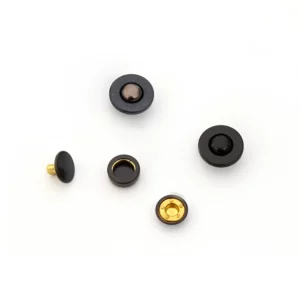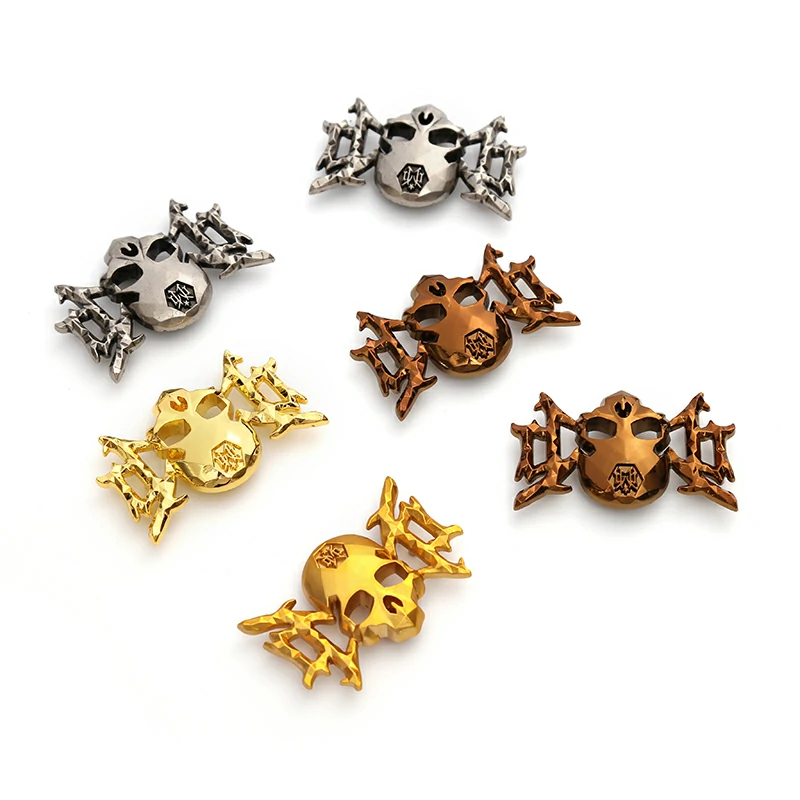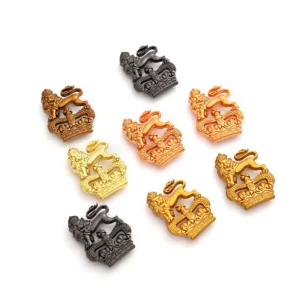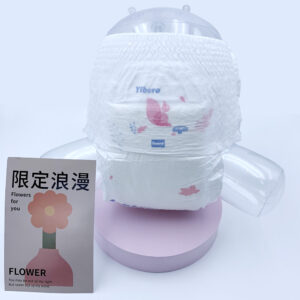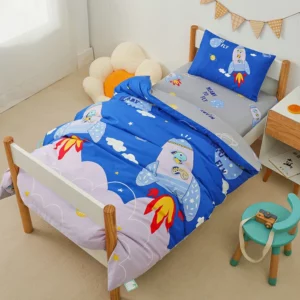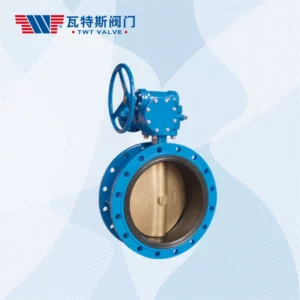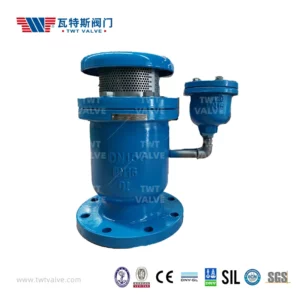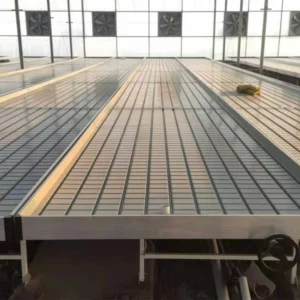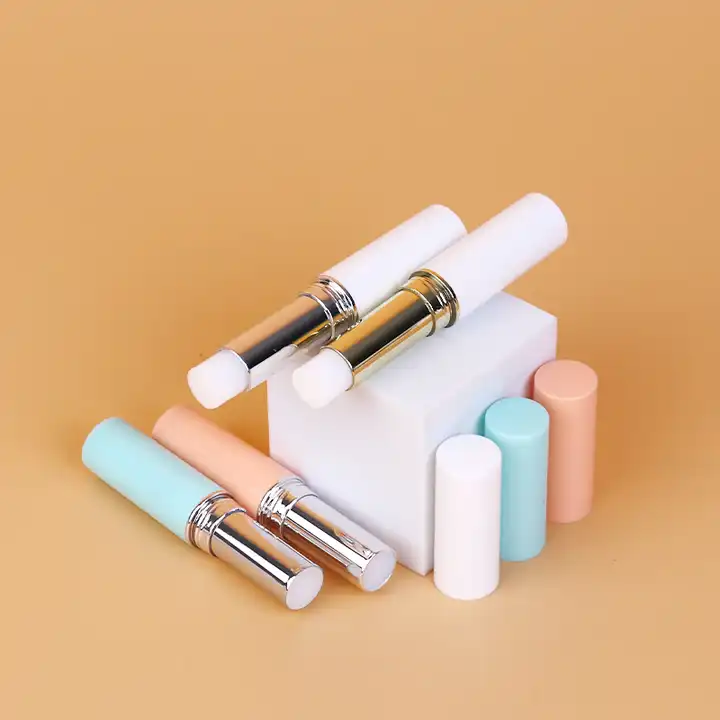Metal snap buttons contribute to the overall durability and lifespan of labeled products and equipment in several ways:
- Secure Attachment: Metal snap buttons provide a secure and permanent attachment method for labels, tags, or badges. Once snapped into place, they remain firmly affixed to the product or equipment, preventing accidental detachment or loss.
- Resistance to Wear and Tear: Metal snap buttons are highly durable and resistant to wear and tear, even in demanding environments. They withstand repeated use and handling without losing their integrity or functionality, ensuring long-lasting attachment of labels.
- Protection Against Environmental Factors: Metal snap buttons offer protection against environmental factors such as moisture, humidity, temperature fluctuations, and UV exposure. Their corrosion-resistant properties make them suitable for use in outdoor or harsh environments where exposure to the elements may degrade other attachment methods.
- Enhanced Security: Metal snap buttons provide an added layer of security against tampering or unauthorized removal of labels. Once snapped into place, they require deliberate effort to unfasten, making it difficult for individuals to tamper with or alter labeled products or equipment.
- Compatibility with Various Materials: Metal snap buttons are compatible with a wide range of materials, including fabric, leather, plastic, and metal. This versatility allows them to be used in diverse applications across different industries, from clothing and accessories to machinery and equipment.
- Easy Installation and Replacement: Metal snap buttons are relatively easy to install and replace, requiring minimal tools or equipment. They can be quickly attached or removed without causing damage to the labeled product or equipment, facilitating efficient maintenance and labeling processes.
- Longevity and Reliability: Metal snap buttons are known for their longevity and reliability, offering consistent performance over extended periods. They maintain their functionality and appearance over time, ensuring that labeled products and equipment remain properly identified and labeled throughout their lifespan.
- Professional Appearance: Metal snap buttons provide a professional and polished appearance to labeled products and equipment. Their metallic finish adds a touch of sophistication and elegance, enhancing the overall aesthetic appeal of the labeled item.
Overall, metal snap buttons play a crucial role in enhancing the durability, security, and longevity of labeled products and equipment. Their robust construction, resistance to environmental factors, and ease of installation make them a preferred attachment method for a wide range of labeling applications across various industries.
